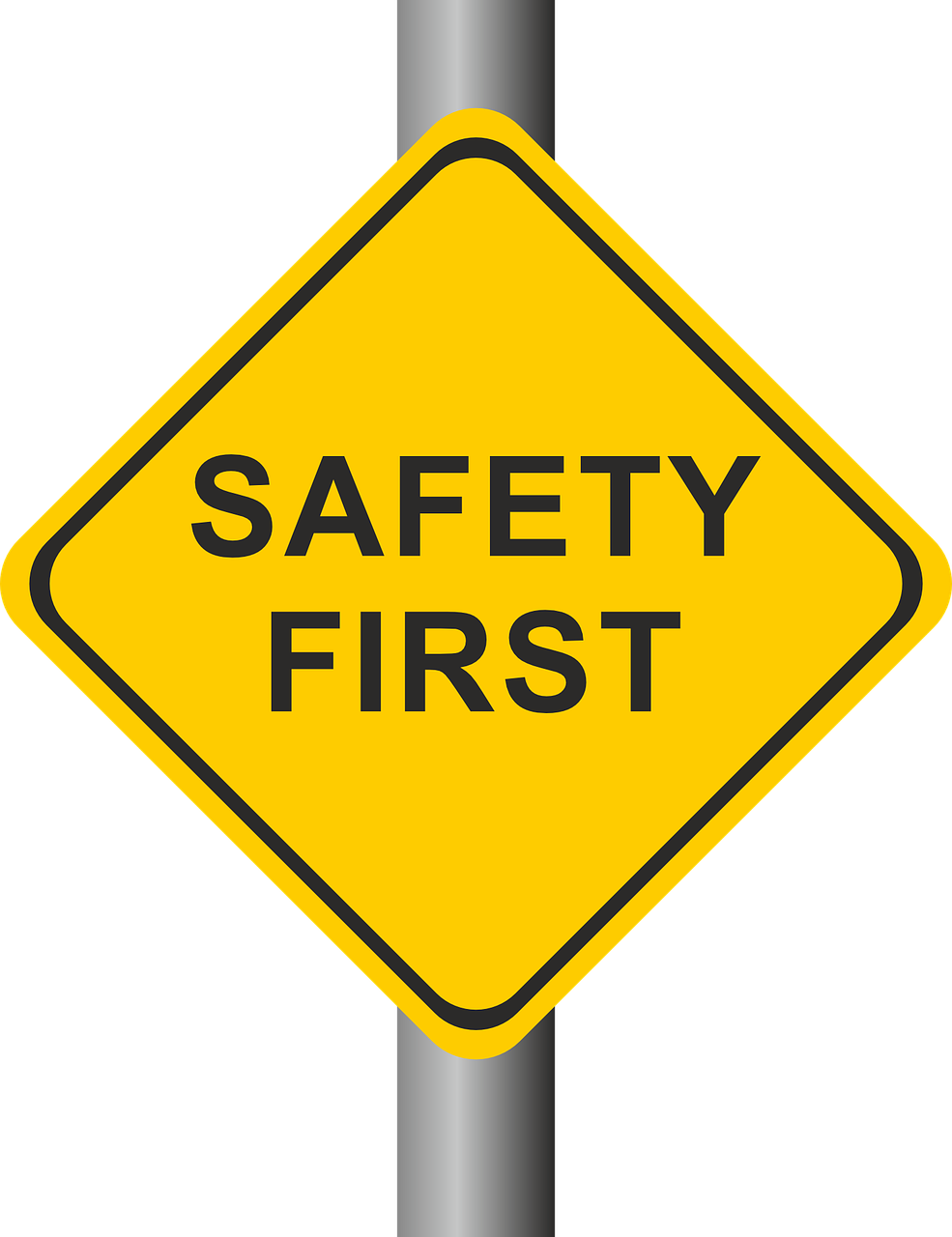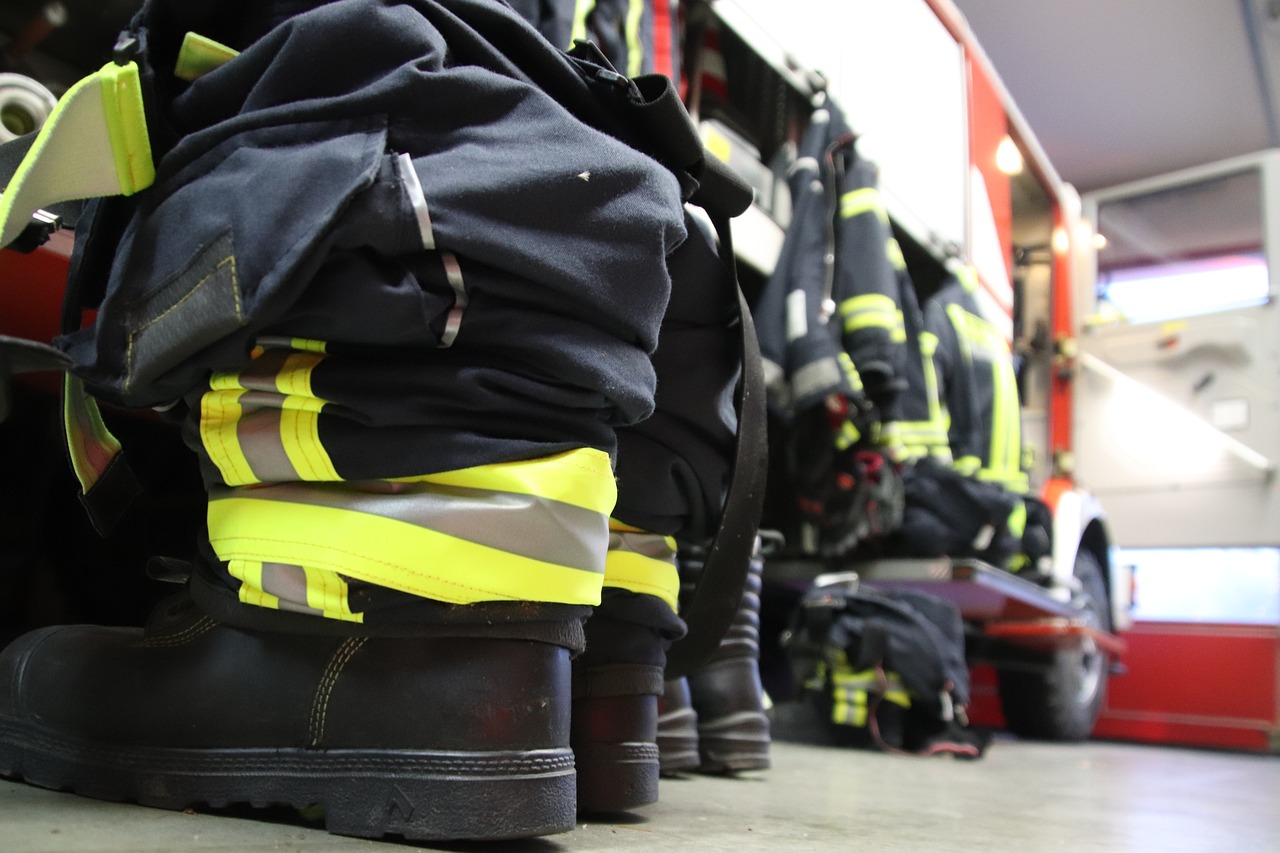There’s no doubt that advancements in technology have greatly improved the way fire departments operate, allowing them to maximize safety and response times in emergency situations. From innovative equipment to data-driven analytics, today’s fire departments are utilizing a range of cutting-edge tools to enhance their effectiveness in serving and protecting the community. In this blog post, we will explore some of the latest technologies being used by fire departments to ensure the highest level of safety for both firefighters and the public, as well as to optimize their response times to emergencies.
Advanced Communications Systems
While technology continues to advance, the role of communications systems in fire departments has become more crucial than ever. Implementing advanced communication technologies can significantly enhance safety measures and improve response times during emergencies.
- Digital and Satellite Radios
- Incident Command Software
| Digital and Satellite Radios | Incident Command Software |
| Radios capable of digital and satellite communication offer enhanced clarity and coverage, ensuring that vital information is transmitted clearly and efficiently during emergency situations. | Incident Command Software provides real-time data sharing, resource tracking, and situational awareness for firefighters and emergency responders, facilitating better coordination and decision-making during crises. |
Digital and Satellite Radios
Radios equipped with digital and satellite capabilities have revolutionized communication in the fire service industry. These radios provide crystal-clear voice communication and broader coverage, enabling firefighters to stay connected even in remote locations or in buildings with limited signal penetration. The integration of these advanced radios in fire department operations has significantly improved overall communication reliability and effectiveness.
Additionally, satellite radios offer the advantage of global positioning system (GPS) tracking, allowing incident commanders to pinpoint the precise location of their teams in real-time. This feature enhances the safety of firefighters by enabling rapid response in case of emergencies or entrapments within a hazardous environment.
Incident Command Software
Communications play a vital role in the success of any emergency operation, and incident command software acts as a centralized platform for seamless communication and information sharing among all personnel involved in the incident response. This software streamlines the flow of critical data, such as building blueprints, hazard assessments, and resource allocation, ensuring that everyone is on the same page and working towards a common goal.
This advanced software also allows for the creation of detailed incident action plans, automated alerts, and real-time updates, keeping all team members informed and prepared to tackle evolving situations effectively. By leveraging incident command software, fire departments can maximize their response capabilities and enhance overall operational efficiency.
Firefighting Equipment Innovations
One OPTIMIZE OR DIE mantra has never rung truer than in the field of firefighting. The latest advancements in firefighting equipment are revolutionizing the way firefighters approach their life-saving duties. From personal protective gear to high-efficiency firefighting tools, these innovations are crucial in maximizing safety and response times.
Personal Protective Gear Advancements
Equipment advancements in personal protective gear have greatly enhanced firefighters’ safety and performance on the job. The integration of lightweight, heat-resistant materials such as Nomex and Kevlar in bunker gear has significantly reduced the risk of burns and injuries during firefighting operations. Improved designs in helmets, gloves, and boots also provide better comfort and maneuverability, allowing firefighters to focus on their tasks without being hindered by bulky gear.
High-Efficiency Firefighting Tools
The introduction of high-efficiency firefighting tools has transformed the way firefighters combat blazes. From advanced thermal imaging cameras that enhance visibility in smoke-filled environments to cutting-edge hydraulic rescue tools that can swiftly extricate victims from precarious situations, these tools are necessary in improving the speed and effectiveness of firefighting operations.
With continuous research and development in high-efficiency firefighting tools, firefighters can now access state-of-the-art equipment that empowers them to handle emergencies with greater precision and agility. These tools not only aid in extinguishing fires more efficiently but also contribute to saving more lives during critical rescue missions.
Response Enhancement Strategies
For What Are Fire Station Alerting Systems? The Definitive Guide, fire departments are constantly looking for ways to enhance their response times and effectiveness during emergencies. The integration of cutting-edge technologies plays a crucial role in achieving these goals.
GPS and Mapping Technologies
With the advent of GPS and mapping technologies, fire departments can pinpoint the exact location of emergencies with precision. By leveraging real-time data and digital mapping tools, responders can quickly navigate to the scene, optimizing route planning and reducing response times. These technologies also enable departments to track their personnel and resources more efficiently, ensuring a well-coordinated and swift response to every call.
Automated Dispatch and Resource Allocation
Response times can be dramatically improved through automated dispatch systems that streamline the process of deploying resources. These systems use algorithms to prioritize calls based on urgency, location, and availability of units, ensuring that the closest and most appropriate resources are dispatched promptly. By automating resource allocation, fire departments can make better-informed decisions in real-time, optimizing their operational efficiency and ultimately saving lives.
Strategies such as dynamic resource tracking and predictive analytics further enhance the effectiveness of automated dispatch systems, allowing departments to anticipate demand and allocate resources proactively. By embracing these advanced technologies, fire departments can maximize their response capabilities and ensure the safety and well-being of the communities they serve.

Data Analysis and Training
To Improving Fire Operations With Modern Technology is crucial in enhancing the effectiveness of fire departments. Leveraging data analysis and providing comprehensive training are two key components that can significantly improve safety and response times in emergency situations.
Pre-Incident Planning with Big Data
Any efficient fire department understands the importance of pre-incident planning. By utilizing big data, fire departments can access valuable information such as building blueprints, hazardous material storage details, and occupancy statistics. This data allows firefighters to familiarize themselves with the layout of buildings, identify potential hazards, and develop effective strategies for responding to emergencies.
With the aid of advanced data analysis tools, fire departments can create detailed pre-incident plans that enable firefighters to make well-informed decisions in high-pressure situations. By harnessing the power of big data, fire departments can enhance situational awareness, streamline operations, and ultimately improve overall safety and response outcomes.
Virtual Reality Training Simulators
To ensure that firefighters are prepared for any scenario they may encounter, virtual reality training simulators are becoming increasingly popular in fire departments. These simulators offer a realistic and immersive training experience that allows firefighters to practice responding to various emergencies in a controlled environment. By simulating fires, hazardous material spills, and search and rescue missions, firefighters can enhance their skills and decision-making abilities in a safe and controlled setting.
Planning and executing realistic training scenarios through virtual reality technology enables firefighters to hone their skills without the inherent risks associated with live training exercises. These simulators provide a valuable training tool that enhances the readiness and capabilities of firefighters, ultimately leading to improved safety and more efficient emergency response operations.

Conclusion
On the whole, fire department technology plays a crucial role in maximizing safety for both firefighters and the community they serve, while also significantly improving response times during emergencies. Innovations such as thermal imaging cameras, drones, and GPS tracking systems are revolutionizing the way firefighters approach and combat fires. By leveraging these advanced tools and technologies, fire departments can enhance their effectiveness, minimize risks, and ultimately save more lives. It is important for fire departments to continue investing in and leveraging the latest advancements in technology to ensure they are always prepared to respond swiftly and decisively to any emergency situation.



